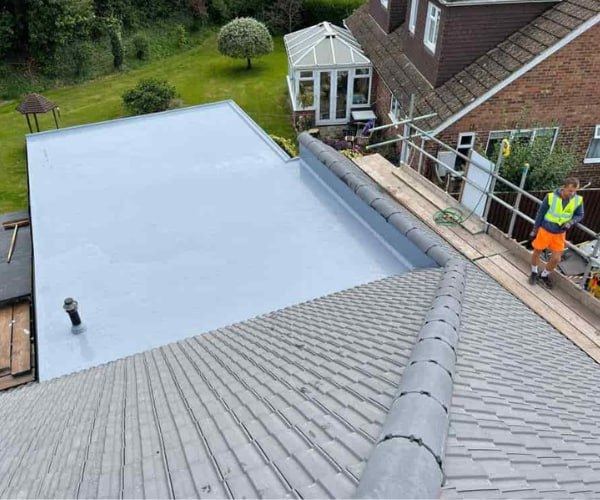Ensuring Longevity and Stability: Commercial Roof Repair Maintenance Plans
Introduction: A sturdy roof is the unsung hero of any commercial building. It protects the structure, its occupants, and valuable assets from the elements. However, even the most robust roofs require regular maintenance to remain in optimal condition. For building owners in Newport Pagnell and beyond, investing in a comprehensive commercial roof repair maintenance plan is a proactive measure and a critical strategy for ensuring longevity and stability.
Why Maintenance Matters:
Before diving into best practices, it’s crucial to understand why commercial roof maintenance is paramount. Neglecting routine upkeep can lead to many issues, including leaks, water damage, mould growth, structural deterioration, and compromised insulation. Not only do these problems pose safety hazards and disrupt business operations, but they also incur substantial repair costs and potentially damage your establishment’s reputation.
Benefits of a Maintenance Plan:
Implementing a structured maintenance plan offers numerous benefits for building owners:
- Cost Savings: Proactive maintenance helps identify and address minor issues before they escalate into costly repairs or premature roof replacement.
- Extended Lifespan: Regular inspections and repairs can significantly extend the lifespan of your roof, protecting your investment for years to come.
- Enhanced Energy Efficiency: Well-maintained roofs contribute to better insulation and energy efficiency, reducing utility bills.
- Preserved Property Value: A well-maintained roof enhances your property’s overall aesthetics and value, making it more attractive to tenants and potential buyers.
Best Practices for Building Owners:
Crafting an effective commercial roof repair maintenance plan involves several key practices:
- Scheduled Inspections: Regular inspections, preferably twice a year, allow for early detection of potential issues such as cracks, leaks, or damaged flashing.
- Prompt Repairs: Addressing minor issues promptly prevents them from escalating into major problems, saving time and money in the long run.
- Gutter and Drain Maintenance: Clearing debris from gutters and drains ensures proper water drainage, preventing water buildup and potential water damage.
- HVAC Maintenance: Roof-mounted HVAC units should be inspected and maintained to prevent leaks and ensure they do not compromise the roof’s integrity.
- Documentation and Record-Keeping: Maintain detailed records of inspections, repairs, warranties, and maintenance schedules for reference and future planning.
Choosing the Right Partner:
While some building owners may attempt to manage roof maintenance internally, partnering with a reputable roofing contractor like CGT Roofing Newport Pagnell can offer several advantages. Professional roofers have the expertise, experience, and specialised equipment to conduct thorough inspections, identify hidden issues, and perform quality repairs using premium materials. Moreover, they can tailor maintenance plans to suit your needs, budget, and schedule, providing peace of mind and ensuring optimal roof performance.
Conclusion: In commercial property ownership, proactive maintenance is not just a good practice; it’s a necessity. By implementing a structured commercial roof repair maintenance plan and partnering with a trusted roofing contractor, building owners can safeguard their investments, prolong the lifespan of their roofs, and uphold the safety and integrity of their establishments for years to come.
Call us on: 01908 030 895
Click here to find out more about CGT Roofing Newport Pagnell
Click here to complete our contact form and see how we can help with your roofing needs.

